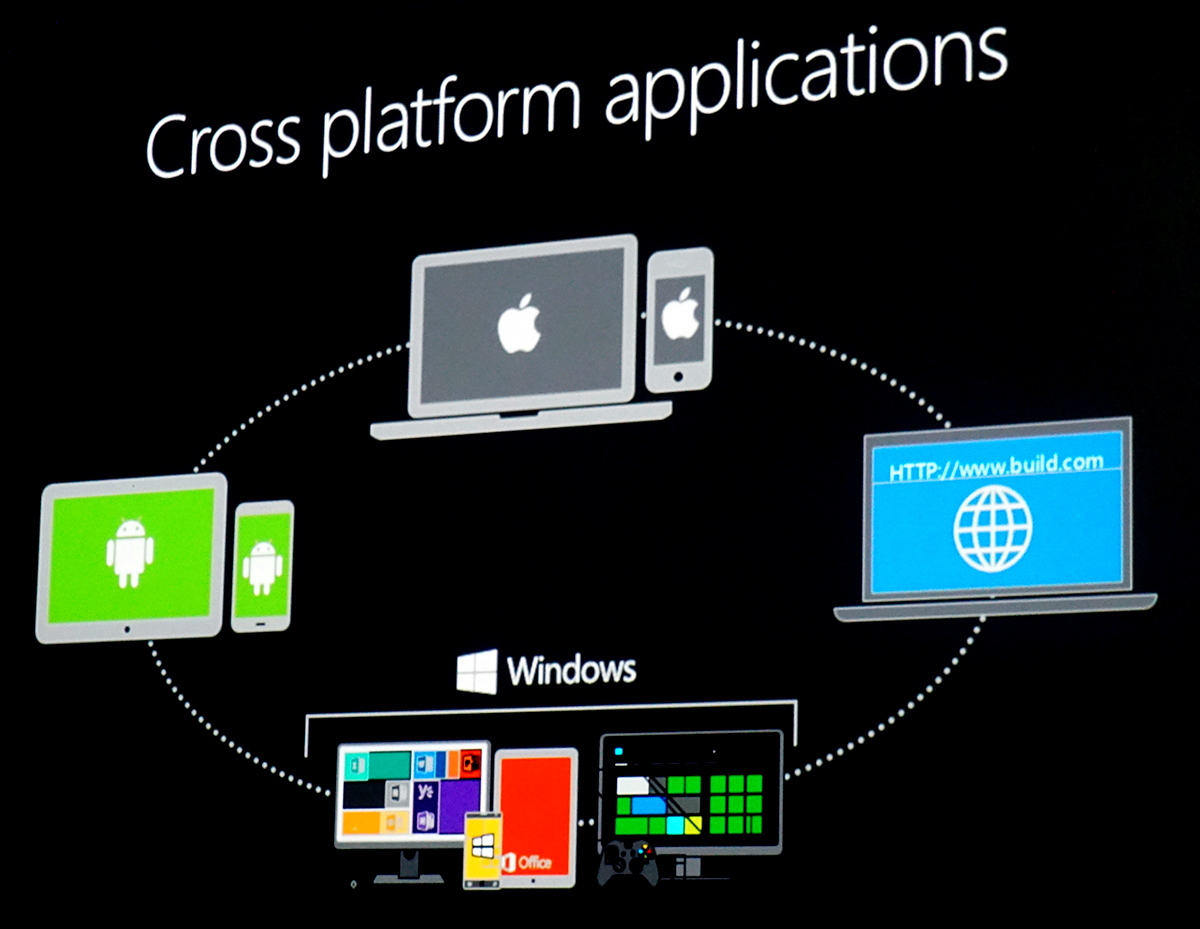Microsoft Open Sources 'Windows Bridge For iOS'
Earlier this year, Microsoft announced two projects, "Islandwood" and "Astoria,” designed to help developers port their iOS and Android apps to Windows 10. The company released an early look of the Project Islandwood, which has been renamed to "Windows Bridge for iOS." It also released it as open source to increase adoption and feedback before the final version lands this fall.
Microsoft hopes that by making it easier for developers to port their existing mobile apps either from iOS or Android, those devs would begin to see the value in being on the Windows platform and eventually create universal Windows applications to replace those ports.
Right now, it may not be feasible for many developers to start supporting a whole third platform from scratch, but if they can simply port their apps with minimal modifications, and can do it within a period of days to a month, it may be worth a try.
Microsoft announced that Windows Bridge for Android will be released as a public beta this fall as well, but developers can sign up for an invitation to the current technical preview until the end of August.
The company also said that it has contributed to some open source projects that are relevant to the Android bridge, such as ANGLE, which translates OpenGL APIs to DirectX APIs. Google created it years ago for the Windows version of Chrome, but Microsoft can use it to make OpenGL ES-based Android and iOS games work on Windows 10 devices that don't support OpenGL.
Microsoft announced that "Project Westminster," which is a bridge for Web apps to help developers turn them into native-like apps on Windows 10, is now live in Visual Studio 2015.
Project Centennial, which will convert legacy Windows apps into apps for Windows 10 that can be published in the store, will be released for public testing sometime next year.
Get Tom's Hardware's best news and in-depth reviews, straight to your inbox.
Follow us @tomshardware, on Facebook and on Google+.
Lucian Armasu is a Contributing Writer for Tom's Hardware US. He covers software news and the issues surrounding privacy and security.
-
ESPclipse Wish Microsoft would finish open-sourcing there C# libraries. Mono is good, but it can't do everything.Reply -
chicofehr Blackberry already did this and it didn't help them. Not sure if this will work out any better for microsoft.Reply -
beayn It didn't work for blackberry because they had already lost the majority market share by a long shot. Windows on the other hand, still has the majority market share for PC's, and people seem to be jumping on the free upgrade, so it might help them. I don't think it'll help their phone share though. Even if people want their phones, they're next to impossible to find.Reply
